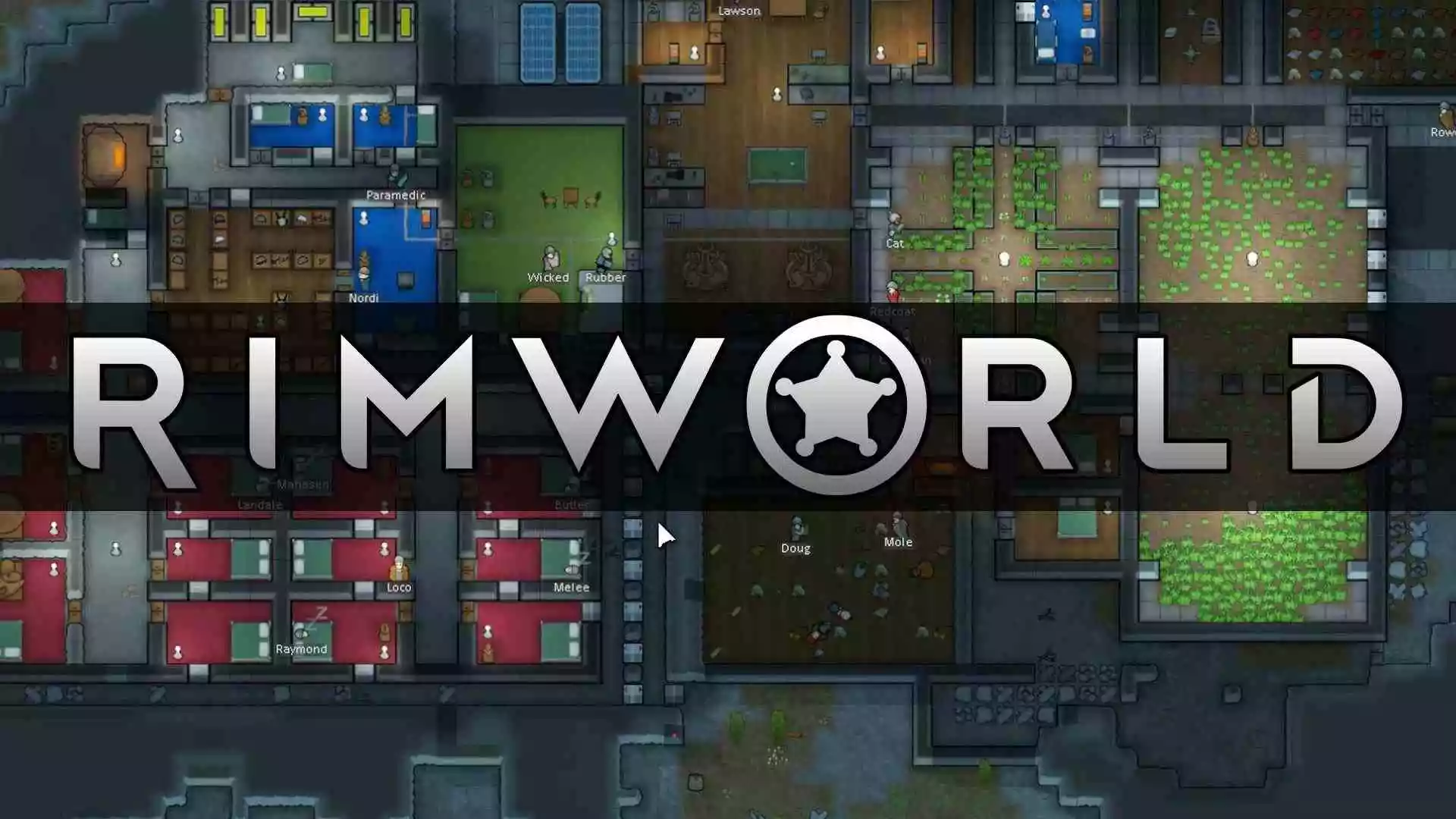Survival in RimWorld‘s harsh environment depends on ingenuity and flexibility. Providing your colonists with nourishing and durable food is essential, and Kibble is one such supply. This basic but vital food supply offers a flexible alternative for feeding everyone in your colony, including humans and animals.
In this manual, we’ll go in-depth on how to make kibble in RimWorld and provide you with a step-by-step lesson on how to do it quickly and effectively. Kibble may be a lifesaver if you’re raising devoted pets, caring for animals, or trying to reduce food waste.
We’ll explore the essential ingredients and the ideal production process, considering the nutritional needs of your colonists and the dietary requirements of your animals. Let’s take a look at How to make Kibble in RimWorld.
Article Contents
How to make Kibble in RimWorld
RimWorld’s harsh, merciless environment necessitates resourcefulness and flexibility in order to survive. One of the numerous difficulties you’ll have is feeding your colonists and the animals they keep in good health.
Kibble is a crucial remedy for this situation since it is a flexible and durable food supply. We will go deeply into the complexities of generating Kibble in RimWorld in this thorough tutorial, arming you with the information and tactics required to secure the survival and profitability of your colony.
STEP 1: Recognising the Value of Kibble
In RimWorld, kibble is a game-changer because it acts as a vital link between the food requirements of humans and animals. In addition to feeding your colonists, it also satisfies the appetites of your animals, which may include dependable pets as well as necessary livestock like carrying animals and livestock that can be killed for meat.
Here are some of the main justifications why Kibble ought to be a mainstay in your colony’s diet: Kibble is a useful tool for managing your food supply because it can be ingested by both colonists and animals. By doing away with the requirement for separate meals for humans and animals, it conserves valuable resources.
Kibble doesn’t go bad as soon as some other foods, which is very helpful in the unpredictable climate of RimWorld. It can be kept in storage for a long time without risk.
You may utilize lower-quality components while making kibble, which might not be fit for gourmet dining but are great for animal feeding. As a result, less food is wasted and resource efficiency is increased. Now that we know why Kibble is so important, let’s explore the specifics of Kibble manufacturing.
STEP 2: Ingredients for Kibble
You must collect the appropriate components before you can begin making Kibble. Three major elements may be combined to create kibble:
RimWorld offers a broad range of meat sources, including slaughtering less fortunate raiders and hunting wild animals. Squirrel, rat, turkey, and chicken flesh are popular choices. It’s crucial to pick meat that is readily available in your area and appropriate for the nutrition of your colony.
Another crucial component of Kibble is vegetables, which are normally farmed in the fields of your colony. Rice, potatoes, hay, and maize are all acceptable options. Once more, think about what is accessible to you and what grows well in your biome.
Kibble differs from straightforward pairings of meat and veggies due to this element. Your animals need nutritional supplements, such as hay or kibble, to get a balanced diet. It makes sure that the Kibble satisfies the nutritional requirements of distinct animals. Hay is frequently chosen as a product because it is accessible and simple to grow.
STEP 3: The Ideal Ratio
Producing excellent Kibble requires finding the ideal component mix. 30% vegetables to 70% meat is the optimal ratio to strive for.
A little Nutritional Supplement, often around 0.1. By balancing these components, Kibble becomes an economical and adaptable food source that optimizes nutrition for both colonists and animals. To keep this ratio, adjust your manufacturing costs accordingly.
STEP 4: Setting Up a Production Bill
Once you have all of your materials prepared, it’s time to create a production bill and begin making Kibble. Take these actions: To prepare meat, you’ll need a butcher table. Make certain that your colony has one.
To view the list of chores for the butcher table, choose the table, then click the “Bills” tab. To add a new job to the butcher table, click “Add Bill”. Choose “Make Kibble” from the list of choices. By doing so, the bill settings for Kibble creation will be opened.
Enter the ingredients you intend to use in the bill settings. Make sure the proportions are right, with 70% meat, 30% veggies, and a tiny bit of nutrition supplement. Determine how many Kibble units you’ll make in each batch. This depends on how many animals you need to feed and how much space your colony has for storage.
A colonist with the requisite culinary expertise should be assigned the job. Make sure the ingredients are available to them. To guarantee that this measure receives the attention it need, raise its priority level. Your colonists will concentrate on producing Kibble when it is essential thanks to a greater priority.
STEP 5: Efficiency and Tips
Take into account the following advice to further optimize your Kibble production: Train your animals to tote things so that supplies, such as the components required to make kibble, may be transported more effectively.
To guarantee a consistent supply of veggies for Kibble, keep a tight check on your crop productivity. To reduce the danger of crop failure, think about varying your crop types.
To cut down on carrying time, make specific stockpiles of raw meat, veggies, and nutritional supplements next to your butcher table. To maintain a steady supply of meat, follow a regular hunting and butchering routine.
To prevent production bottlenecks, make sure your source of nutritional supplements is steady, such as hay or kibble. Review and modify your Kibble production bills on a regular basis based on the shifting requirements of your colony.
Follow us on Twitter & like our Facebook page for more post-updates.

An experienced gaming content writer who emphasizes on offering the most recent information and how-to tutorials for the trending titles. Being a Hardcore gamer himself, he likes to try an array of games and likes to spend his time exploring them. He likes to unwind by listening to R&B music when he’s not writing about gaming stuff.

